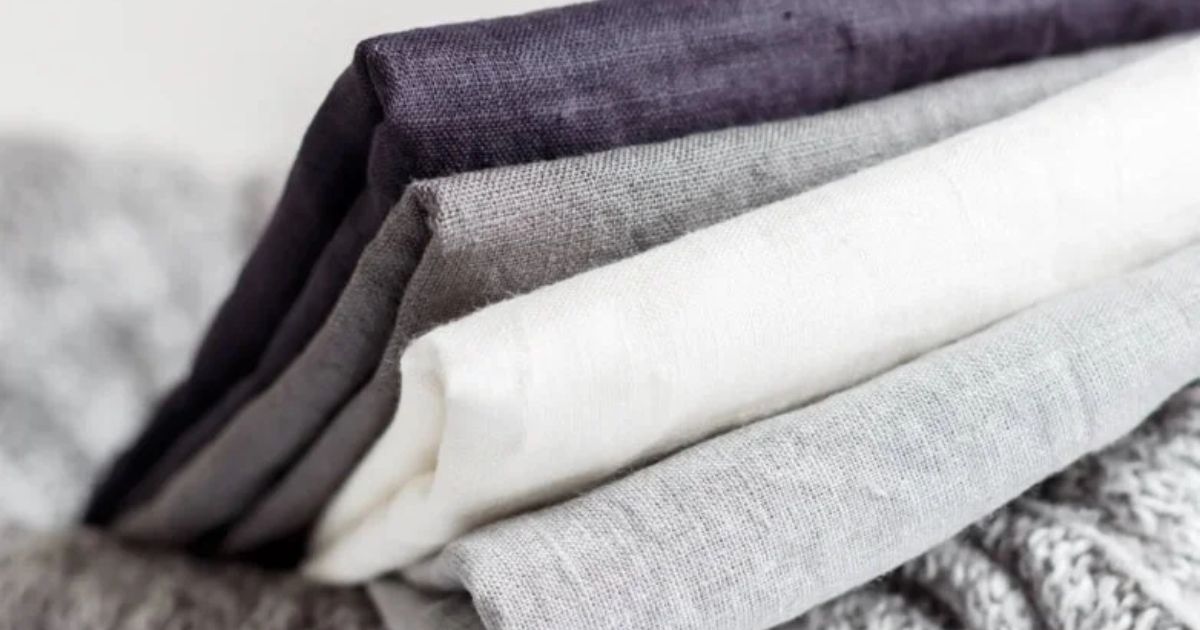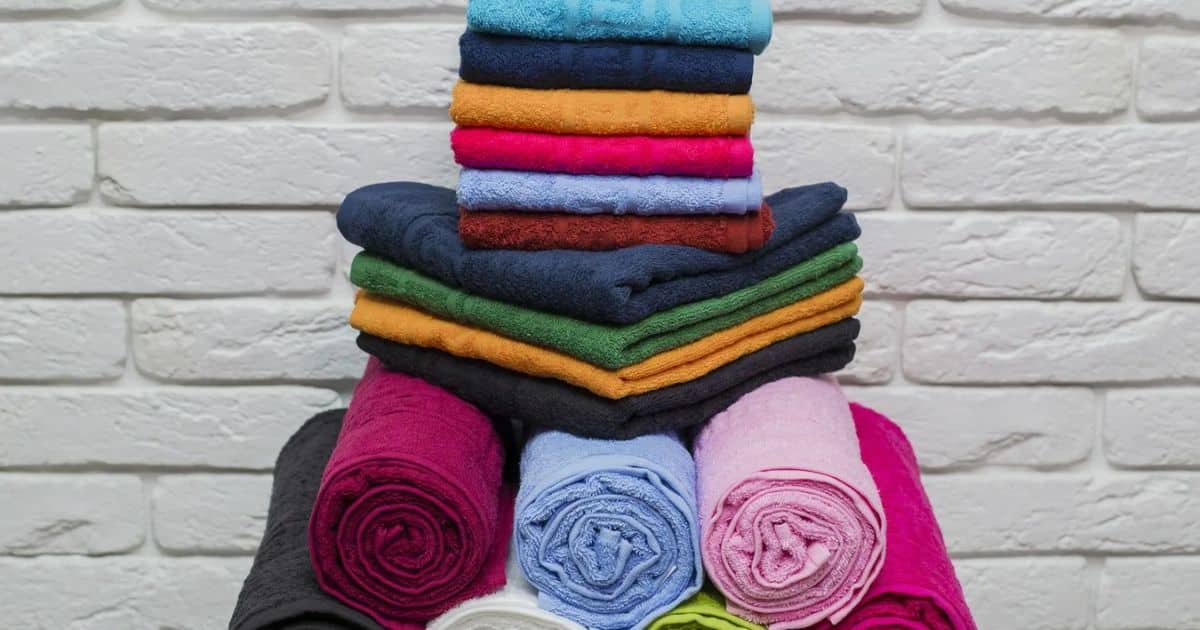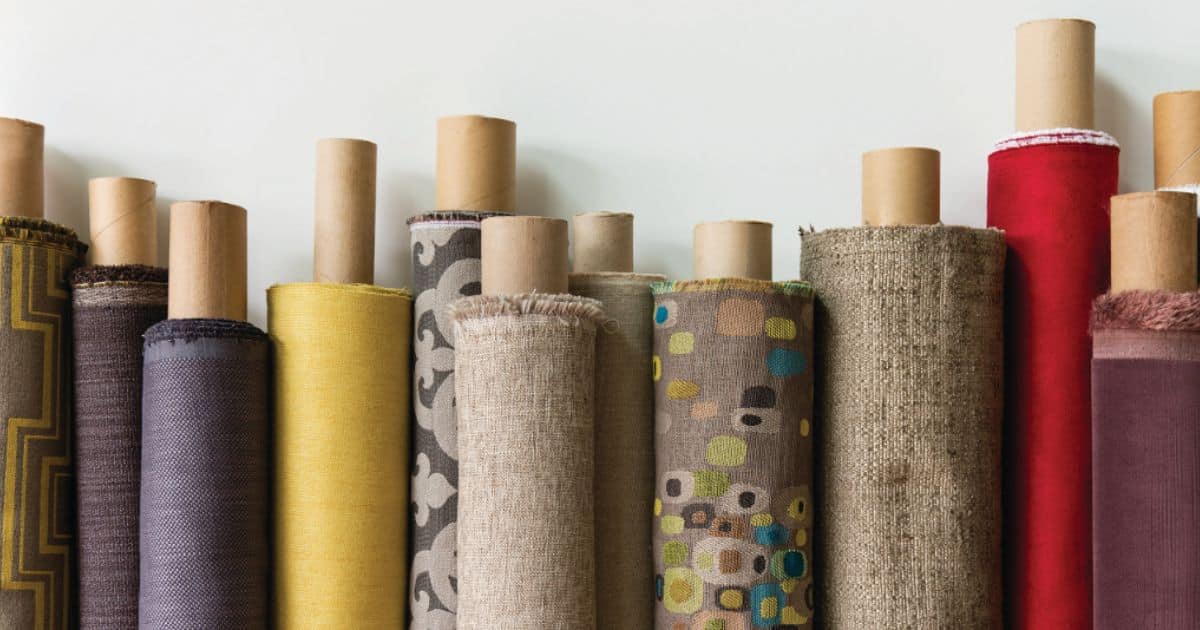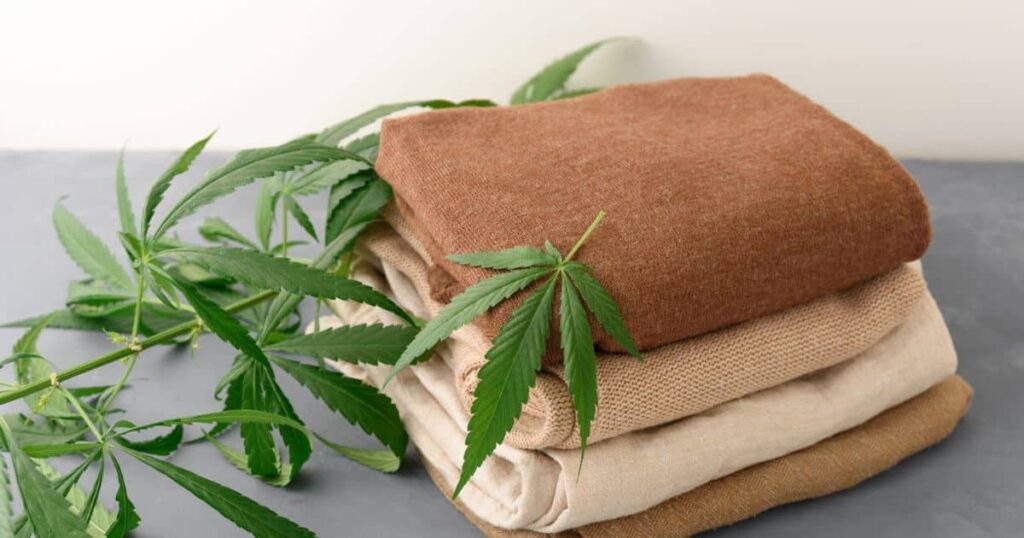Discover the art of crafting exquisite linen fabric in the enchanting world of Spiritfarer. Immerse yourself in a journey where linen seeds are transformed into a delicate and resilient fabric, perfect for quests and upgrades. With meticulous attention to detail, this article unveils the secrets of gathering, growing, harvesting, and processing linen fiber. Learn how to maximize efficiency and manage your linen fabric resources, as you embark on a quest for mastery in this captivating game.
Key Takeaways
- Gathering and growing linen plants is the first step in making linen fabric in Spiritfarer.
- Harvesting linen fiber involves extracting fibers from mature linen plants either by hand or machine.
- Processing linen fiber into thread requires steps such as retting, breaking, and scutching to transform the fiber into smooth, continuous thread.
- Skilled artisans weave linen thread into fabric using traditional techniques, creating strong and durable linen fabric that can be used in clothing, home decor, and various crafts.
Gathering Linen Seeds

To gather linen seeds, begin by carefully examining the surrounding environment for any visible linen plants. Linen plants are typically tall, with slender stems and long, narrow leaves. Look for clusters of small, pale flowers that eventually turn into seed pods. Once you have located a linen plant with mature seed pods, gently pluck them and collect the seeds. These seeds will serve as the starting point for growing your own linen fabric.
Growing Linen Plants
After gathering the linen seeds, the next step in making linen fabric Spiritfarer involves growing linen plants in a suitable environment. To successfully grow linen plants, follow these steps:
- Choose a sunny location with well-draining soil for planting the seeds.
- Plant the seeds about 1 inch deep and 4-6 inches apart.
- Water the plants regularly to keep the soil moist but not waterlogged.
Once the linen plants have grown, it’s time to move on to the next step: harvesting the linen fiber.
Harvesting Linen Fiber
Once the linen plants have reached maturity, the next step in the process of making linen fabric Spiritfarer involves harvesting the linen fiber. Harvesting linen fiber is a delicate process that requires precision and knowledge. The fibers are extracted from the stalks of the plants by either hand or machine.
Hand harvesting involves pulling the stalks from the ground and separating the fibers manually. Machine harvesting, on the other hand, uses specialized equipment to cut and remove the stalks, making the process more efficient.
Processing Linen Fiber Into Thread
The next step in the linen fabric production process in Spiritfarer involves the processing of the harvested linen fiber into thread. This step is crucial in creating high-quality linen fabric. Here are the steps involved in processing linen fiber into thread:
- Retting: The linen stalks are soaked in water for several days to loosen the fibers from the woody stem.
- Breaking: The stalks are then mechanically crushed to separate the outer bark from the inner fibers.
- Scutching: The fiber is further cleaned and aligned by beating it to remove any remaining impurities.
These steps ensure that the linen fiber is transformed into a smooth and continuous thread, ready for weaving into fabric.
Crafting Linen Thread Into Fabric
To transform the linen thread into fabric, the processed linen fiber is carefully woven using traditional techniques and specialized equipment. Skilled artisans meticulously interlace the threads in an intricate pattern, creating a strong and durable fabric.
The weaving process requires precision and attention to detail, as each thread must be aligned and secured, ensuring the fabric’s integrity. Once the linen thread is transformed into fabric, it can be utilized in various crafting endeavors, adding a touch of elegance and sophistication to the final product.
Utilizing Linen Fabric in Crafting

After weaving the linen thread into fabric, artisans can utilize this versatile material, such as linen pants to work, in various crafting endeavors. Here are three ways to make the most of linen fabric:
- Clothing: Linen fabric is perfect for making lightweight and breathable clothing, especially in warmer climates. Its natural fibers allow for excellent airflow, keeping you cool and comfortable.
- Home Decor: Linen fabric adds a touch of elegance to any room. Use it to make curtains, tablecloths, or pillow covers for a sophisticated and cozy atmosphere.
- Crafts: From tote bags to quilts, linen fabric is an excellent choice for all kinds of crafts. Its durability and natural texture give your creations a unique and timeless appeal.
With these ideas in mind, let’s explore how to upgrade linen fabric production and maximize its potential even further.
Upgrading Linen Fabric Production
To enhance the efficiency of linen fabric production, artisans can implement advanced techniques and technologies. By incorporating modern equipment and processes, they can streamline the production process and increase output. Here are some upgrades that can be made:
| Upgrade | Description |
|---|---|
| Automated Spinning Wheel | Replaces manual spinning, increasing speed and consistency. |
| Steam Retting | Uses steam to accelerate the retting process, reducing time and labor. |
| Mechanical Weaving Loom | Automates the weaving process, improving speed and precision. |
| Quality Control Systems | Implements sensors and algorithms to detect defects and ensure consistent quality. |
| Energy-efficient Drying Techniques | Utilizes energy-saving methods like heat pumps or solar drying to reduce energy consumption. |
These upgrades not only enhance productivity but also improve the overall quality of linen fabric, making it a valuable asset in the Spiritfarer world.
Maximizing Efficiency in Obtaining Linen Fabric
In order to maximize efficiency in obtaining linen fabric, artisans can implement various techniques and technologies to optimize the production process while ensuring consistent quality. Here are three strategies to consider:
- Streamline the cultivation of flax plants by using fertilizers and advanced irrigation systems.
- Invest in modern weaving machines that can handle larger volumes of flax fibers at a faster pace.
- Implement quality control measures to minimize fabric defects and wasted materials.
Using Linen Fabric for Quests and Upgrades
Artisans can utilize the linen fabric they have produced to fulfill the requirements of quests and upgrades in Spiritfarer, ensuring efficient utilization of their resources. Linen fabric can be used for various quests, where it may be requested as a gift or an item to be crafted.
Additionally, it can be used to upgrade buildings and equipment, enhancing their functionality and allowing players to progress further in the game. Efficient use of linen fabric is crucial for successful completion of quests and upgrades in Spiritfarer.
Storing and Managing Linen Fabric Resources

Continuing the thread of linen fabric utilization, artisans can efficiently store and manage their linen fabric resources in Spiritfarer. Here are three ways to do so:
- Upgrade the loom: Enhance the loom’s capacity to store more linen fabric, allowing for larger quantities to be kept at once.
- Use storage buildings: Construct storage buildings on your ship to organize and store linen fabric, ensuring easy access when needed.
- Prioritize resource gathering: Regularly gather flax and linen fibers to replenish your linen fabric supply and maintain a steady inventory.
Frequently Asked Questions
How Long Does It Take for Linen Seeds to Germinate and Grow Into Plants?
The germination and growth process of linen seeds varies depending on various factors such as temperature, moisture, and soil conditions. Generally, it takes around 7-14 days for linen seeds to germinate and around 90-110 days for the plants to reach maturity.
Can Linen Plants Be Grown in Any Type of Soil or Do They Require Specific Conditions?
Linen plants require specific conditions for optimal growth. While they can be grown in various soil types, they thrive in well-drained, loamy soil with a pH level between 6.0 to 7.0. It is important to provide adequate sunlight and water for successful cultivation.
Is There a Certain Time of the Year When Linen Plants Yield the Best Quality Fiber?
The best time of the year for linen plants to yield high-quality fiber is during the harvesting season, which typically occurs in summer. This is when the stems are at their peak of maturity and the fibers are strong and durable.
What Is the Recommended Method for Processing Linen Fiber Into Thread?
The recommended method for processing linen fiber into thread involves several steps, including retting, scutching, and hackling. Each step is crucial in separating the fiber from the plant and transforming it into a usable material for fabric production.
Are There Any Specific Crafting Recipes That Require Linen Fabric as a Material?
Several crafting recipes in Spiritfarer require linen fabric as a material. Linen fabric can be obtained by processing linen fiber into thread and then weaving the thread on a loom.
Conclusion
In conclusion, mastering the art of creating linen fabric in Spiritfarer requires meticulous planning and careful execution. Like weaving a tapestry, the process involves gathering linen seeds, tending to linen plants, harvesting fiber, and skillfully processing it into thread. With patience and attention to detail, the fabric can be crafted and upgraded to achieve maximum efficiency. As the threads of fate intertwine, the versatile linen fabric becomes invaluable for quests and upgrades, making it a resource worth storing and managing with utmost care.







